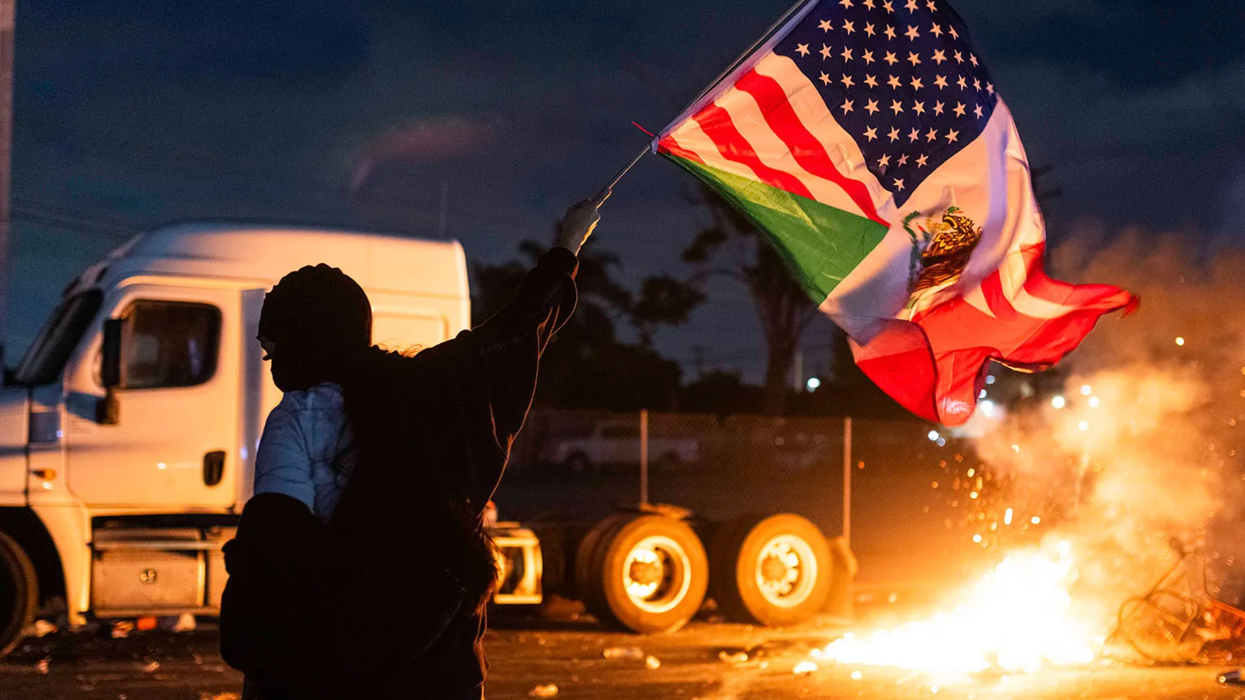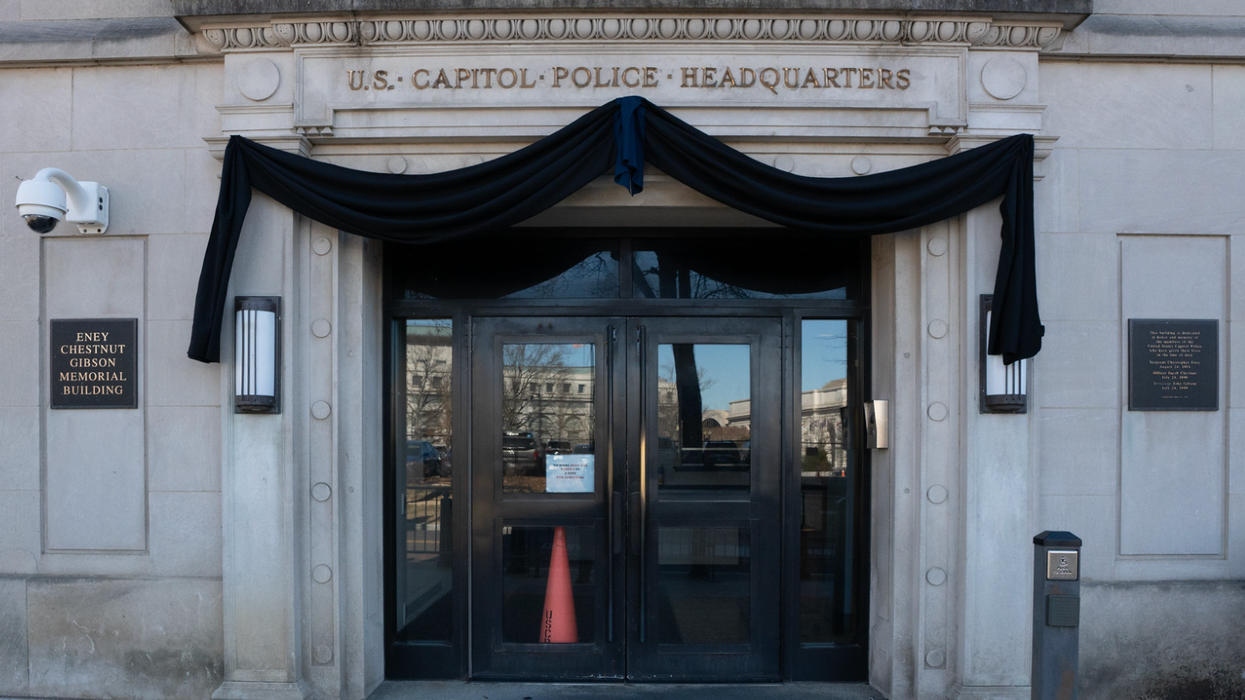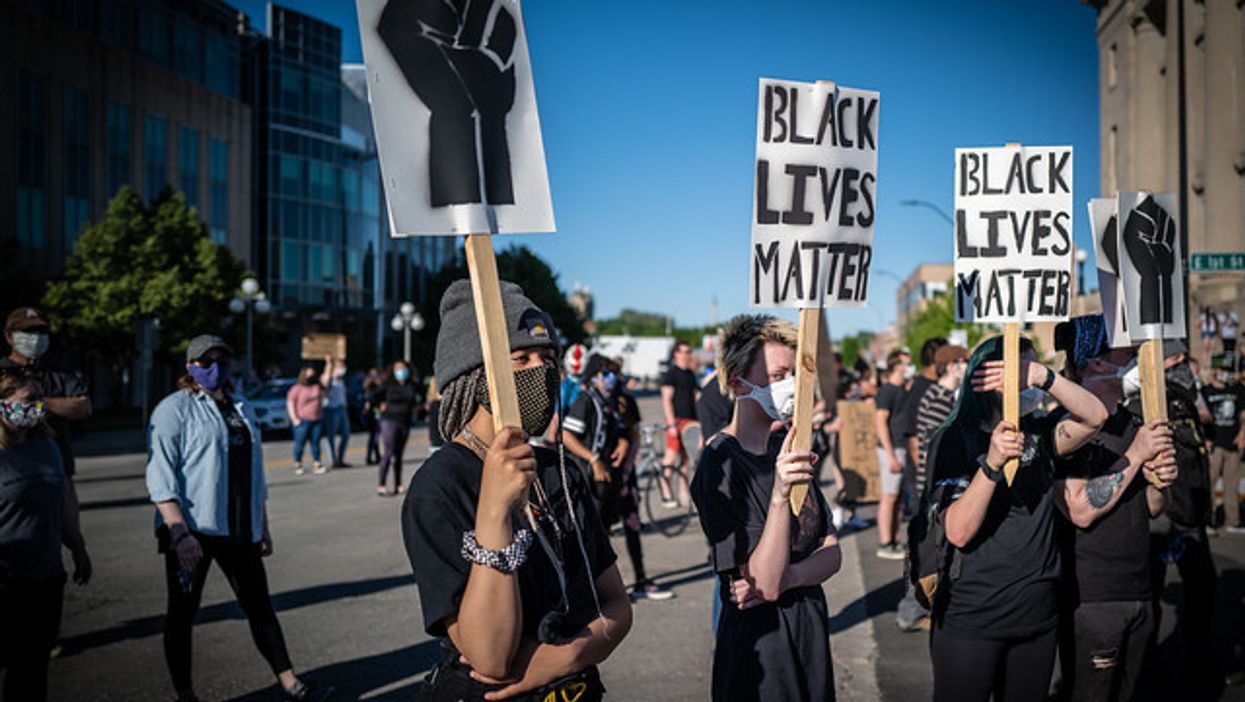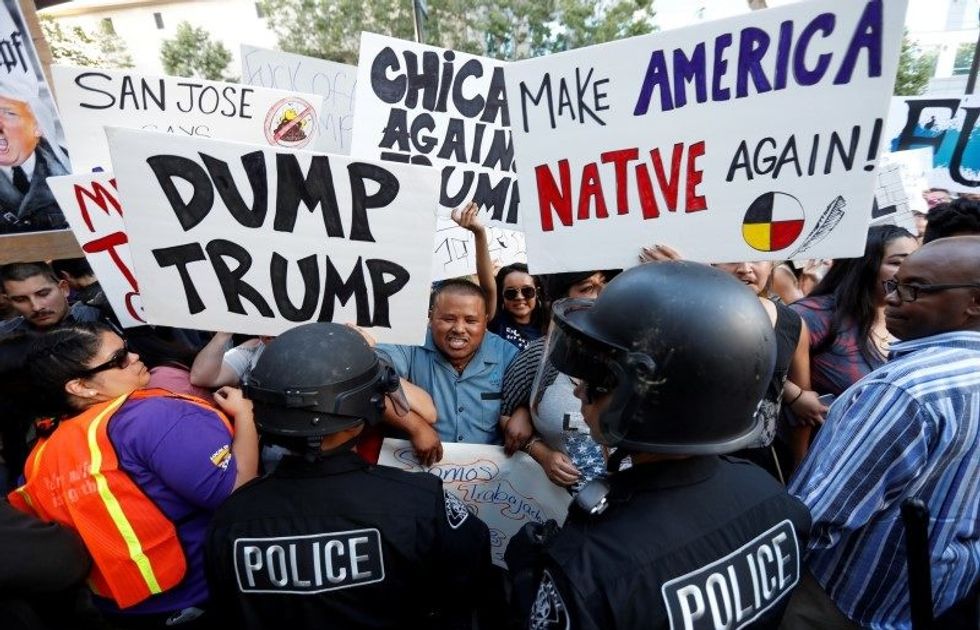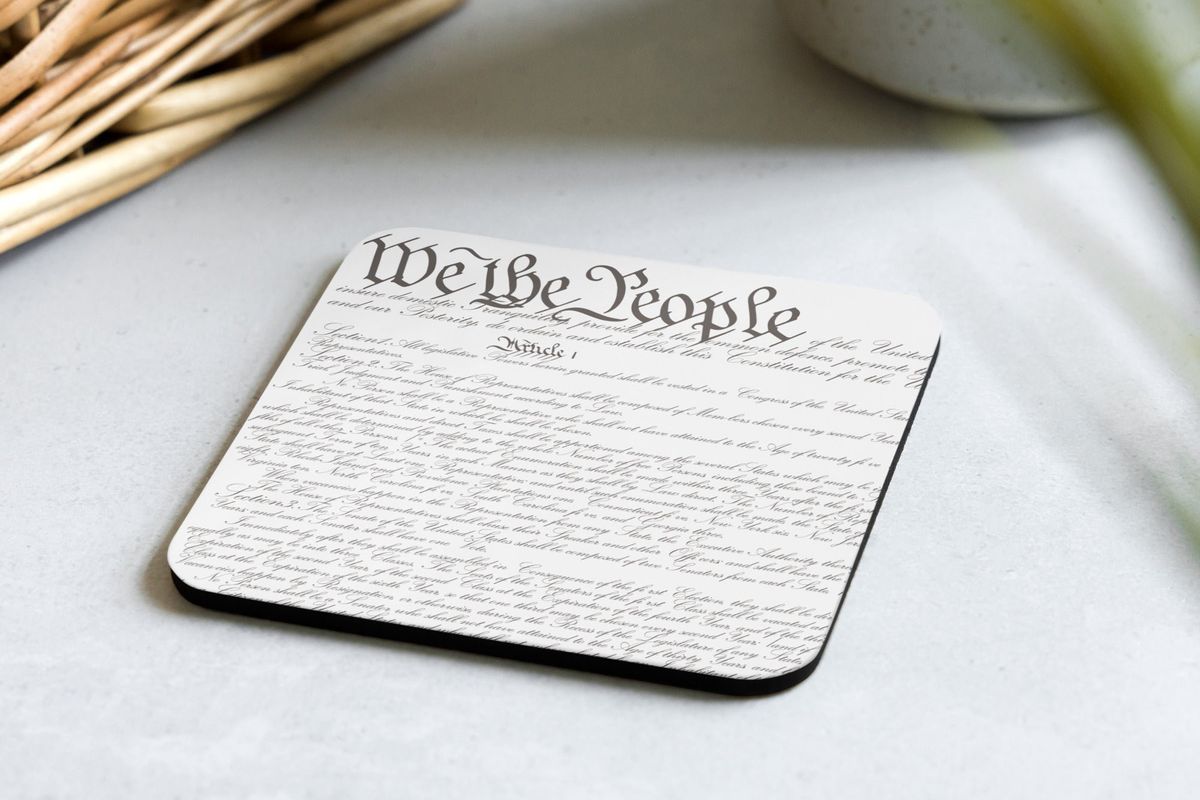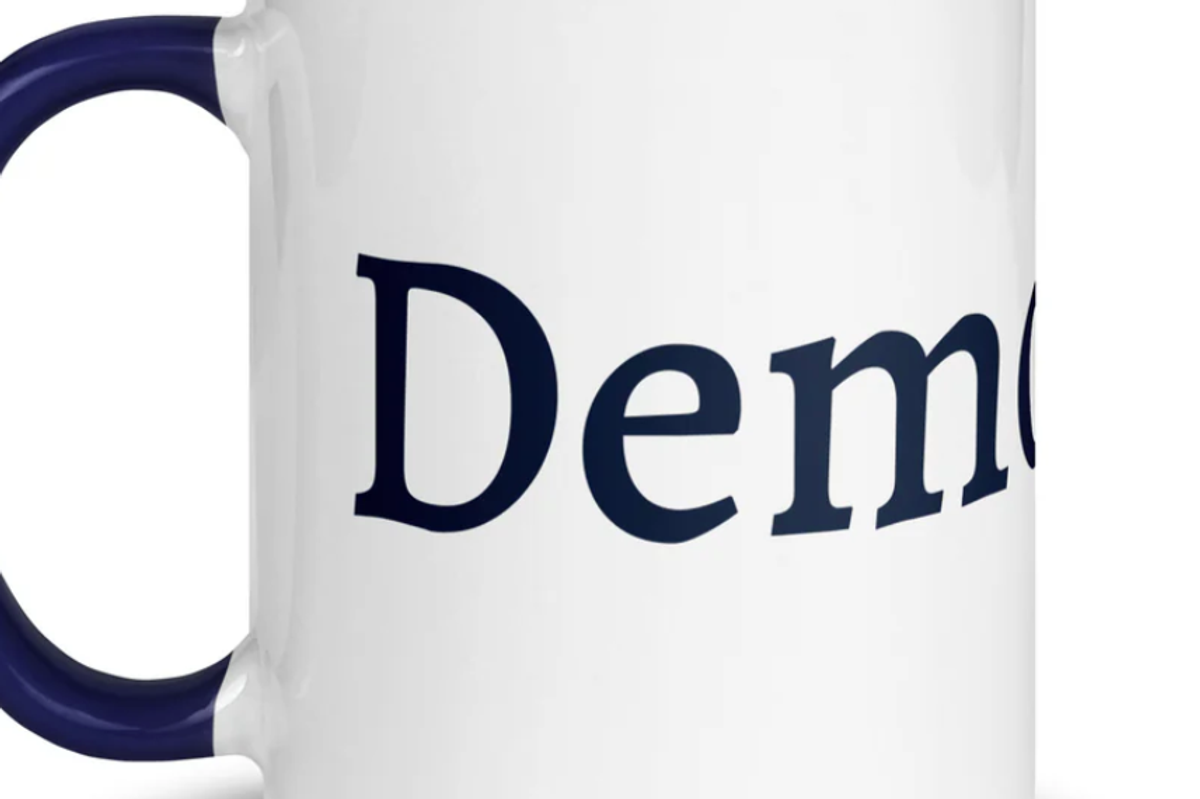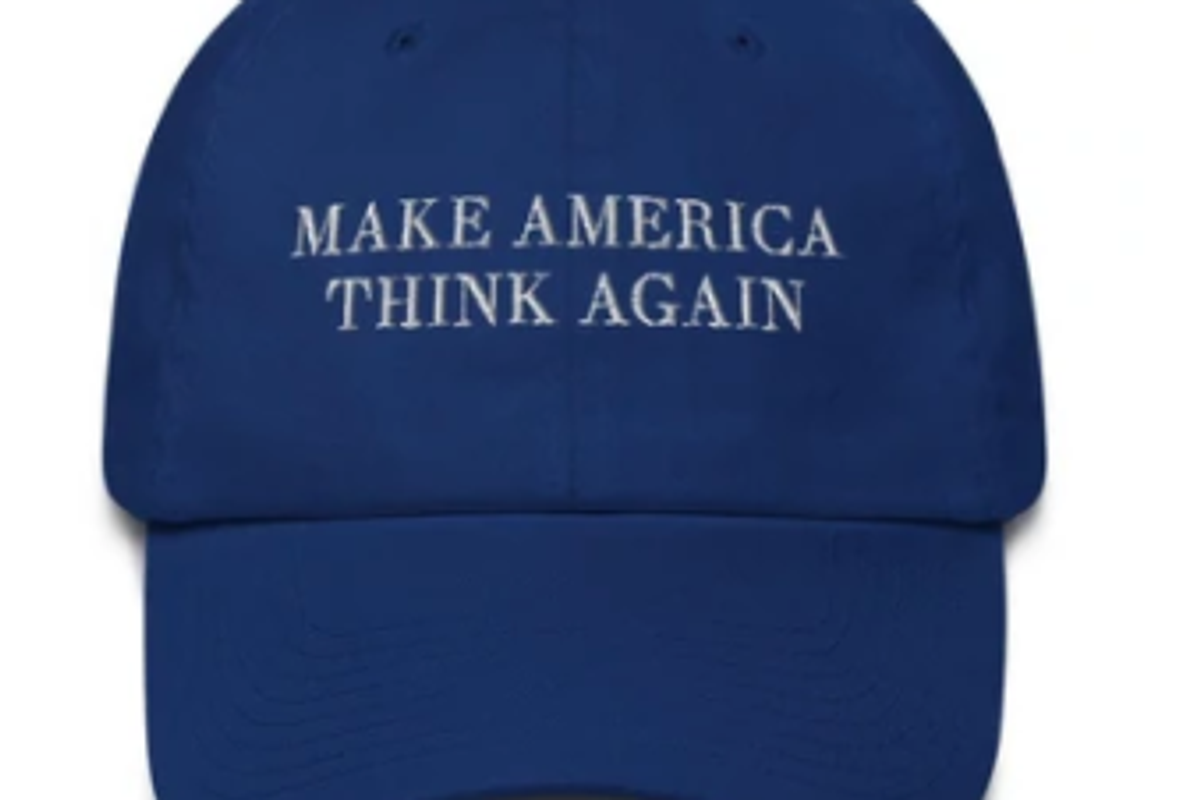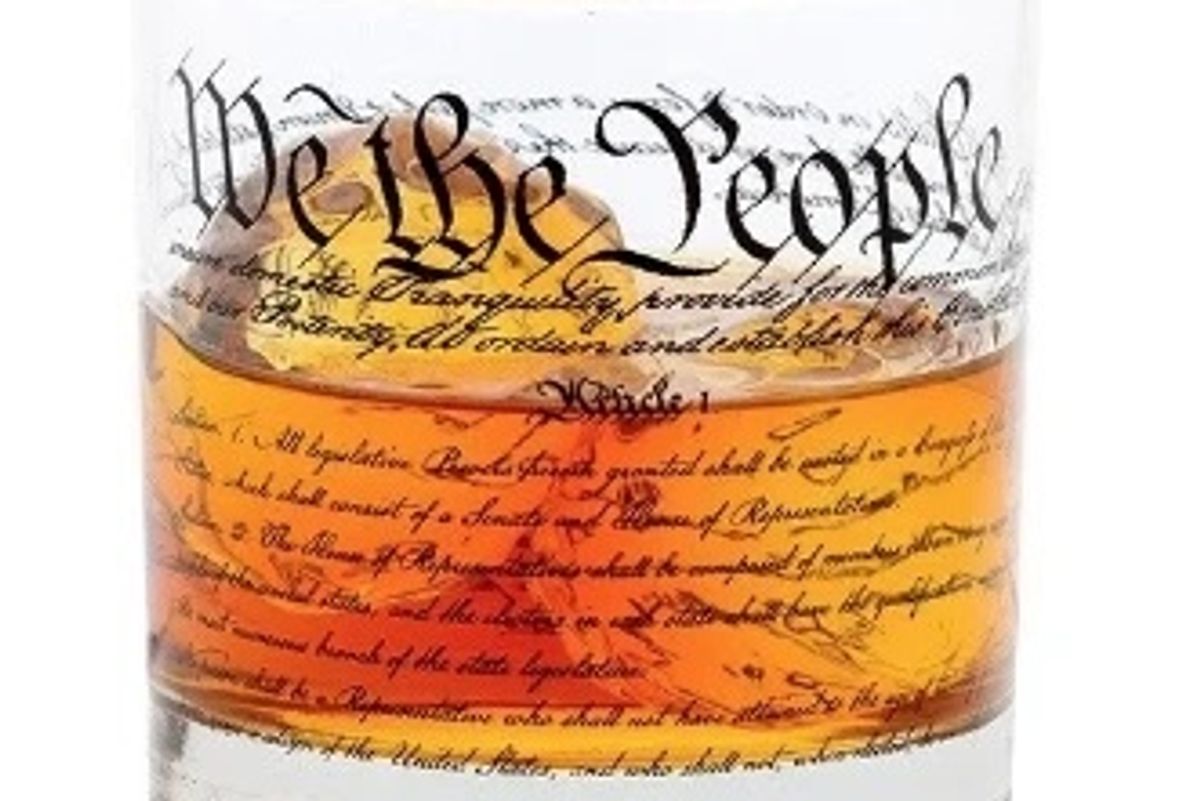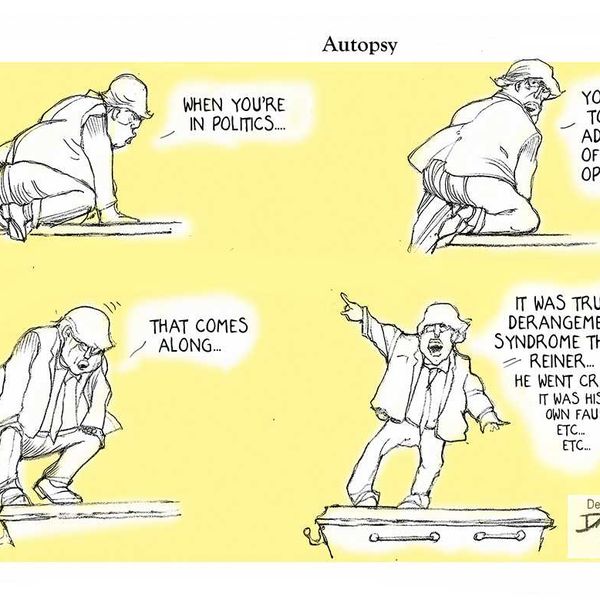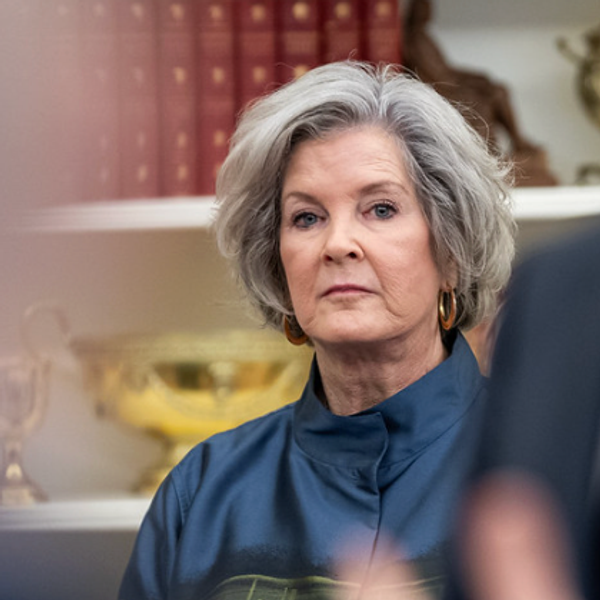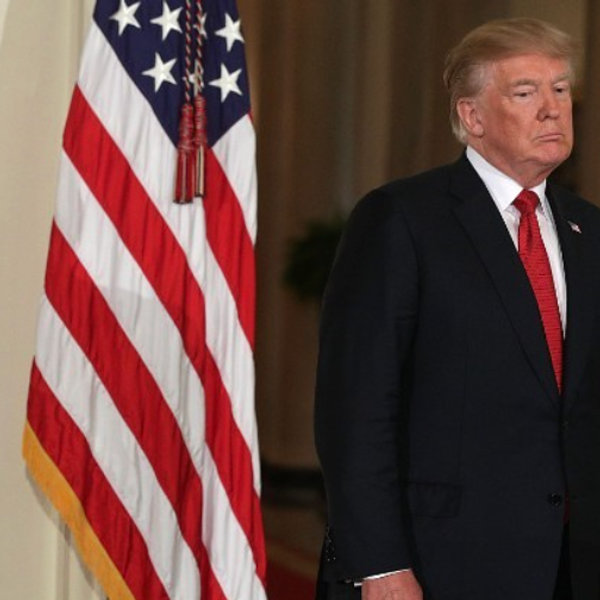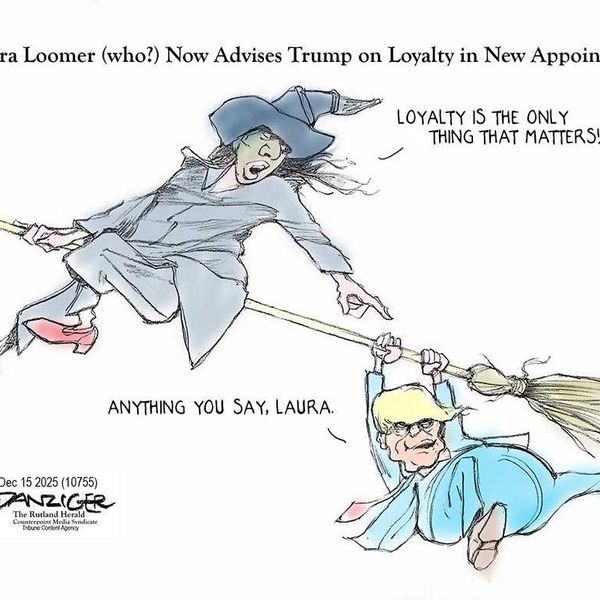Violent Protests In Los Angeles Serve Up Trump's Midterm Propaganda
Democrats had better start getting their shit together. In pitting the National Guard and now the U.S. Marines – he mobilized 700 Marines from Camp Pendleton, CA today – against anti-ICE street protesters in Los Angeles, Donald Trump created the question that will be asked every time a Democrat steps in front of a camera for the next 18 months: which side are you on, the violent rioters or the troops? Today, Senator Tom Cotton (R-AR) spelled out Trump’s strategy in two sentences: “Americans have a choice between Republicans’ law & order vs. the Democrats’ car-burning, illegal alien rioters. So far, every Senate Democrat who has spoken out has backed the rioters.”
There you go, folks. You can say what you will about Trump provoking worse riots by federalizing the CA National Guard without asking Governor Gavin Newsom, but he has framed his politics for the mid-terms. He was always going to use immigration as an issue. Now he can say it’s us against them and point to the riots in L.A. and not just talk about amorphous “illegal immigrants.” Last night on Truth Social, Trump called them “Radical Left protests, by instigators and often paid troublemakers.” At mid-afternoon, returning from a weekend meeting at Camp David, Trump called the protesters “insurrectionists.” The New York Times reported that the word “may become a rationale for him to invoke the 1807 Insurrection Act.”
Last night, protests spread to San Francisco, where 150 were arrested in clashes with police. Videos of the protests showed men in all-black outfits, wearing hoodies, masks, and backpacks, breaking the windows of downtown buildings with a hammer and vandalizing a SFPD patrol car.
The video images were almost identical to video taken of the Ferguson riots after the police shooting of Michael Brown in 2014 showing a man wearing black pants and a black hoodie and a backpack systematically breaking the windows of an auto parts store. He was followed by another man dressed identically who threw Molotov fire bombs into the store, setting it on fire.
In Los Angeles, several Waymo driverless cars were set on fire by protesters. There is one photo (above) of a masked man standing atop a vandalized Waymo car between two burning cars waving a Mexican flag. More photos showed a vandalized LAPD car with a broken windshield surrounded by paving stones that had been hurled at the police cars.
It is obvious, at least to me, that the men breaking windows and vandalizing the police car in San Francisco are provocateurs. Regular citizens don’t go to a protest wearing black hoodies and masks and backpacks, carrying hammers. These people were dressed that way and equipped with the tools they needed to commit premeditated destruction of private and public property.
I’m going into detail about the photos from both riots, because these are exactly the images Trump has been looking for. So far, images of ICE arrests have depicted federal agents kitted out in combat gear and masks handcuffing individual undocumented immigrants. He can’t run on those images. They may seem extreme but they depict lawful arrests. But he can run on the riots, and that is exactly what he is going to do. Trump and Republican candidates for the House and Senate will use still photos and video footage of the riots during their campaigns in midterm elections next year.
In the meantime, Democrats had better start thinking of what they’re going to do at the “No Kings” protests this coming weekend. There will probably be a great deal of pressure to turn the whole thing into anti-ICE demonstrations in solidarity with L.A. and San Francisco protests and other protests if they spread further around the country this week, as I think they are likely to do.
Donald Trump is a master at this kind of provocation-reaction-more provocation stuff. He has already used Title 10 to call out the National Guard. They haven’t announced what law they will cite in the deployment of active-duty Marines to the L.A. riots. But as the Times pointed out, invoking the Insurrection Act is his obvious next step.
Which raises the question I have seen in my newsfeed and am getting in emails and direct messages: Will Trump “declare martial law?” Some people are even raising the specter of Trump using “martial law” to step in and take over elections during the midterms.
The term “martial law” refers to a situation where the armed forces step in and assume not only law enforcement but governance of an area. There is no federal law or provision in the Constitution for the President to declare martial law. Martial law has been imposed by states more than 60 times since the nation’s founding, because of war or invasion, civil unrest, labor unrest, and natural disaster. Abraham Lincoln imposed martial law on the country during the Civil War, from 1862 to 1866. Franklin Roosevelt approved a declaration of martial law for two years over the territory of Hawaii after the attack on Pearl Harbor in 1941. Other impositions of martial law were done by state governors due to riots. Several times, one of them after the Tulsa race riot in 1921, an Army general imposed martial law until order could be restored, which in the Tulsa case was four days.
Trump is of course notorious for ignoring norms and the law and would probably seek to use the Insurrection Act as a de facto imposition of martial law over blue states such as Illinois, New York, California or others. How far he would go beyond putting troops in the streets of cities, such as he has done in Los Angeles, is something we will have to contend with if or when he tries to make it happen. It is unlikely that either federal or state courts would be amenable to having their jurisdictions cancelled or interfered with in an area over which Trump attempts to impose martial law. That would mean military courts or tribunals would take over the judiciary in the states affected, and that military prosecutors would assume the function of a state attorney general and local district attorneys. It would seem to be a bridge too far even for Donald Trump, but he has exploded a lot of bridges over the last eight years, and it would be foolish to suppose that he wouldn’t at least try.
The danger we face right now is if unrest in the streets of L.A. and San Francisco and other blue cities provides Trump with the opportunity to deploy Reserve, National Guard, or active-duty soldiers to quell unrest that Trump can define as a rebellion or insurrection. The images I’ve seen from L.A. and San Francisco are giving him all the propaganda he needs. No matter who is out there demonstrating against ICE or Trump himself, anarchist provocateurs are likely to take this opportunity to sow chaos and cause more violence than the legitimate demonstrators.
This is an ugly situation, it’s likely to get uglier before it gets better, and there is one person we can count on to make sure that happens: Donald Trump.
Reprinted with permission from Lucian Truscott Newsletter.

